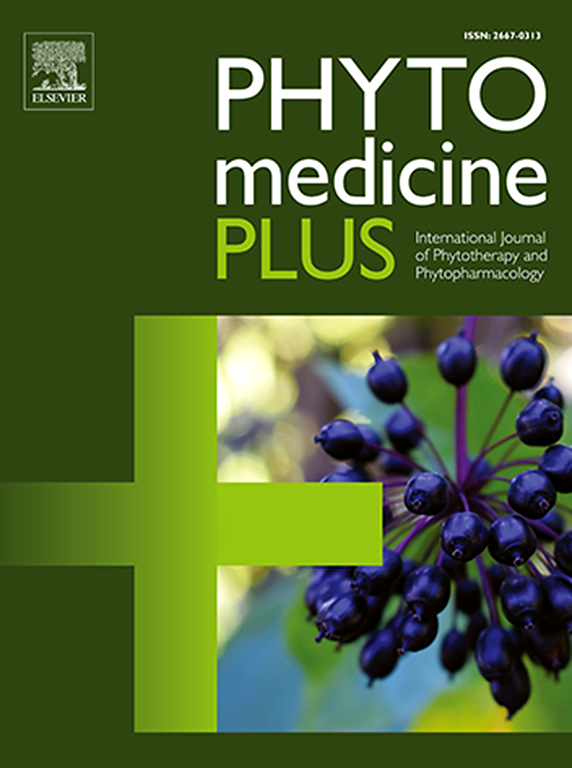Immunomodulatory effects of functional fungi and their bioactive components: a scoping review of preclinical studies
Q3 Pharmacology, Toxicology and Pharmaceutics
引用次数: 0
Abstract
Context
Functional fungi are a rich source of bioactive compounds with significant immunomodulatory potential. Various studies have demonstrated that species such as Ganoderma, Cordyceps, Phellinus, and Pleurotus contain secondary metabolites with therapeutic effects on immune system regulation. However, there is considerable variability in the observed effects, depending on the species, the composition of bioactive compounds, and the experimental models used.
Objective
This scoping review aims to systematically examine the immunomodulatory effects of functional fungi and their bioactive compounds.
Methods
A comprehensive search was conducted in four databases, including PubMed, Scopus, Scielo, and LILACS, using 19 selected fungal genera and word truncations related to immunomodulation, such as "Immu*" and "Inflamma*". The study selection included preclinical research evaluating the impact of fungal compounds on the immune system. Data were extracted on the fungal species studied, the bioactive compounds characterized, the experimental models and techniques used, and the reported immunological effects.
Results and conclusion
The literature analysis revealed that different bioactive components can either stimulate or suppress the immune response, involving various mechanisms such as inflammation, cellular response, phagocytosis, humoral response, cytotoxicity, and antigen presentation, depending on the species, compound, and experimental conditions. Our findings provide valuable insights into the immunological mechanisms underlying the therapeutic benefits of medicinal fungi, contributing to the growing field of functional foods and nutraceuticals designed to support immune health.

功能性真菌及其生物活性成分的免疫调节作用:临床前研究的范围综述
功能性真菌是具有重要免疫调节潜力的生物活性化合物的丰富来源。多项研究表明,灵芝、冬虫夏草、黄菌和侧耳菇等物种含有对免疫系统调节有治疗作用的次生代谢物。然而,观察到的效果有相当大的差异,这取决于物种、生物活性化合物的组成和所使用的实验模型。目的对功能性真菌及其活性化合物的免疫调节作用进行系统的综述。方法在PubMed、Scopus、Scielo、LILACS 4个数据库中进行综合检索,选取19个真菌属和与免疫调节相关的单词截断,如“immune *”、“Inflamma*”。研究选择包括评估真菌化合物对免疫系统影响的临床前研究。对所研究的真菌种类、所鉴定的生物活性化合物、所采用的实验模型和技术以及所报道的免疫效应进行了数据提取。结果与结论文献分析表明,不同的生物活性成分可以刺激或抑制免疫反应,涉及多种机制,如炎症反应、细胞反应、吞噬反应、体液反应、细胞毒性和抗原呈递,这取决于物种、化合物和实验条件。我们的发现为药用真菌治疗益处的免疫学机制提供了有价值的见解,有助于促进功能性食品和营养保健品领域的发展,以支持免疫健康。
本文章由计算机程序翻译,如有差异,请以英文原文为准。
求助全文
约1分钟内获得全文
求助全文
来源期刊

Phytomedicine Plus
Medicine-Complementary and Alternative Medicine
CiteScore
3.70
自引率
0.00%
发文量
178
审稿时长
81 days
期刊介绍:
 求助内容:
求助内容: 应助结果提醒方式:
应助结果提醒方式:


